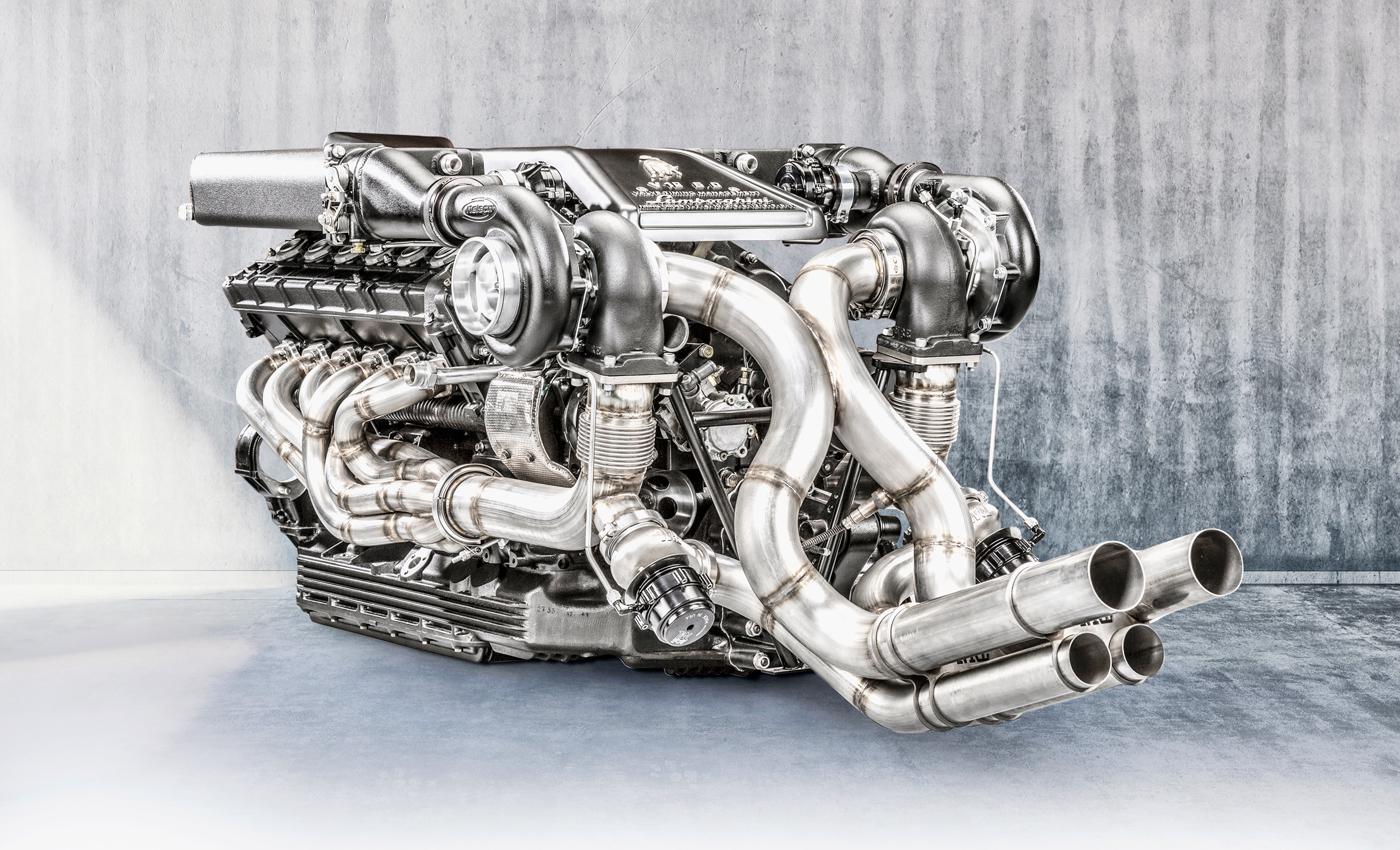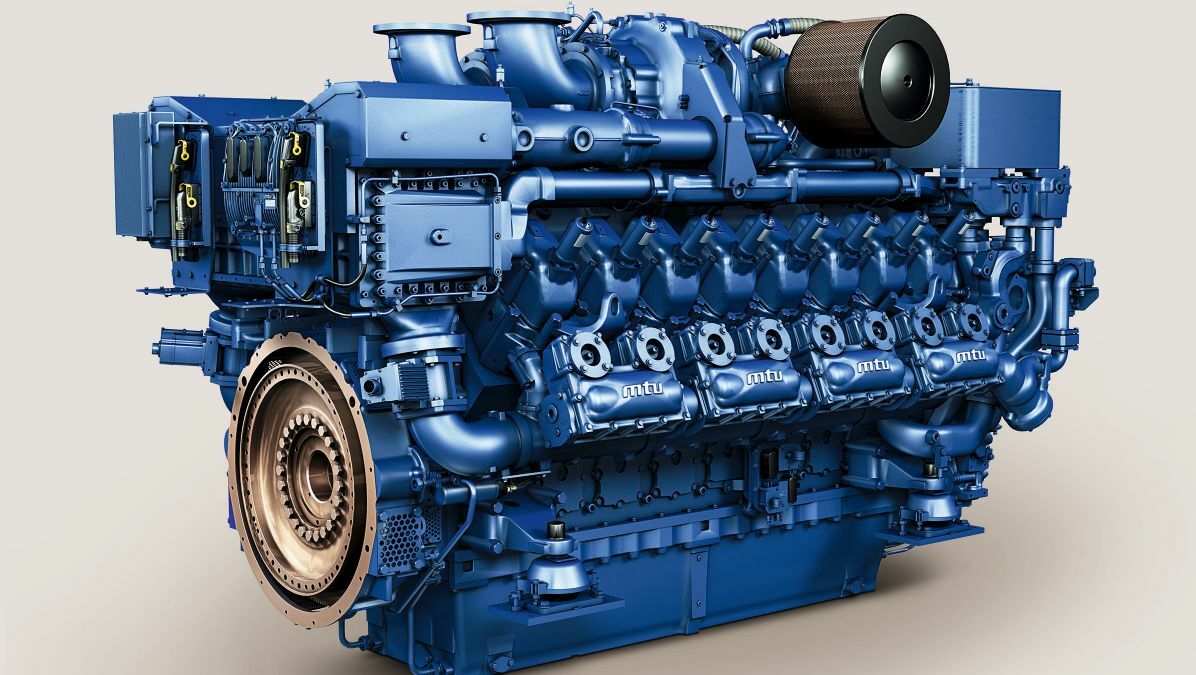The Advancement of High-Performance Automotive Powerplants: A Thorough Review of Cutting-Edge Engine Technologies in the Modern Automotive Industry
The pursuit for more reliable, powerful, and environmentally mindful engines has actually led to a myriad of technologies that have actually improved the method we think regarding auto power. From turbocharging breakthroughs to the smooth combination of crossbreed powertrains, the world of high-performance engine technologies proceeds to push limits and redefine possibilities.
Turbocharging Advancements
The evolution of high-performance automobile powerplants has been significantly influenced by constant improvements in turbocharging advancements. Turbocharging has actually changed the automobile industry by giving an extra reliable means of increasing engine power output without significantly raising engine variation. By using exhaust gases to drive a generator that compresses the incoming air into the engine, turbochargers properly increase the air-fuel mix's thickness, resulting in enhanced burning and higher horse power degrees.
One of the vital innovations in turbocharging technology is the development of variable geometry turbos (VGTs) or variable nozzle turbines (VNTs) These systems enable much more accurate control over increase degrees, minimizing turbo lag and boosting engine reaction throughout a larger series of RPMs. Additionally, twin-scroll turbochargers have actually become preferred in high-performance applications because of their ability to different exhaust pulses for better energy utilization.
Crossbreed Powertrain Combination
Continuing the trajectory of technical improvements in automotive powerplants, the assimilation of crossbreed powertrains notes a significant change in the direction of boosting both effectiveness and efficiency in modern automobiles. Hybrid powertrains integrate standard internal burning engines with electric motors, enabling for boosted gas economic climate, decreased exhausts, and enhanced power outcome (engines for africa). By flawlessly mixing the toughness of both power resources, crossbreeds offer a functional solution that provides to varying driving conditions and demands
One secret benefit of hybrid powertrain assimilation is the capacity to regain energy throughout cruising or stopping, keeping it in the automobile's battery for later usage. This regenerative stopping feature not only improves performance however likewise contributes to expanding the total range of the automobile. The instant torque delivery of electrical motors enhances the power delivery of interior combustion engines, resulting in boosted velocity and responsiveness.
Car manufacturers are continually improving crossbreed powertrain modern technologies, aiming to strike a balance between efficiency and sustainability. engines for africa. As consumer demand for environment-friendly yet powerful cars grows, the integration of crossbreed powertrains is poised to play a pivotal duty fit the future of automotive propulsion systems

Advanced Gas Shot Systems
With innovations in vehicle technology, the application of sophisticated gas injection systems has actually changed the effectiveness and performance of modern-day automobiles. These innovative gas distribution systems have replaced typical carburetors due to their exceptional precision in providing fuel to the engine. Straight fuel shot, where fuel is splashed directly into the combustion chamber, enables better control over fuel-air combination, leading to improved power outcome and fuel effectiveness.
One of the essential advantages of sophisticated gas injection systems is their capability to adjust to varying motoring conditions in real-time. This versatility makes sure optimal engine efficiency across various scenarios, whether it be during hostile acceleration or travelling at a consistent rate. In addition, modern fuel injectors are here are the findings made to atomize fuel extra effectively, promoting cleaner burning and lowering dangerous emissions.
In addition, progressed fuel shot systems play a critical duty in allowing the application of other cutting-edge engine technologies, such as turbocharging and variable valve timing, further boosting the overall power and performance of high-performance automobile powerplants.
Performance-Enhancing Electronic Devices

One secret innovation that exemplifies this is the Electronic Control Unit (ECU), which offers as the brain of the engine administration system. The ECU processes real-time data from numerous sensors to exactly regulate ignition timing, fuel shot, and various other critical specifications, causing boosted power distribution and gas performance. Furthermore, innovations like variable shutoff timing (VVT) and digital throttle control (ETC) more contribute to taking full advantage of engine performance by changing valve opening times and throttle responses based upon driving problems.
Furthermore, performance-enhancing electronics allow attributes such as launch control, grip control, and flexible shock absorber, enhancing both the driving experience and general lorry efficiency. The continuous evolution and combination of these advanced digital systems continue to press the borders of automotive engineering, bring about much more effective, effective, and technologically advanced high-performance vehicles.
Future Fads in Engine Development
As automotive powerplants development with the combination of performance-enhancing electronic devices, the trajectory of engine advancement is poised to embrace future patterns that will certainly redefine the landscape of high-performance automobiles. One prominent pattern coming up is the continued downsizing of engines without jeopardizing power result. Source This downsizing is attained with innovations like turbocharging and electrification, making it possible for smaller sized engines to supply the performance of bigger ones while improving fuel efficiency.
An additional vital trend is the increasing adoption of hybrid powertrains in high-performance vehicles. Hybrid systems integrate interior combustion engines with electrical motors to boost acceleration and overall efficiency while decreasing emissions. Additionally, advancements in materials scientific research are driving the growth of lighter and more powerful engine parts, adding to enhanced efficiency and power-to-weight ratios.
Furthermore, the industry is relocating towards even more sustainable methods, with a growing emphasis on alternative fuels such as biofuels, hydrogen, and artificial fuels. These environment-friendly alternatives not only decrease the environmental effect of high-performance automobiles yet likewise offer chances for additional improving engine performance. Overall, the future of engine growth in the auto market is defined by technology, performance, and sustainability.
Verdict
To conclude, the auto sector has actually seen significant improvements in high-performance engine technologies, including turbocharging innovations, crossbreed powertrain assimilation, progressed fuel injection systems, and performance-enhancing electronics. These developments have actually reinvented the capabilities of contemporary powerplants, leading to improved effectiveness, power result, and general efficiency of lorries. As modern technology remains to evolve, future fads in engine advancement are expected to further improve the performance and sustainability of automobile powerplants.
Turbocharging has revolutionized the automobile market by providing a much more reliable methods of increasing engine power output without substantially raising engine variation.As automobile powerplants advancement with the combination of performance-enhancing electronics, the trajectory of engine advancement is positioned to embrace future fads that will certainly redefine the landscape of high-performance cars. Generally, the future of engine growth in the automobile market is characterized by effectiveness, sustainability, and technology.
In conclusion, the automobile sector has seen Look At This significant advancements in high-performance engine modern technologies, consisting of turbocharging innovations, crossbreed powertrain combination, advanced fuel injection systems, and performance-enhancing electronics. As innovation proceeds to progress, future patterns in engine advancement are anticipated to better boost the efficiency and sustainability of automobile powerplants.